Regionalist Principles to Reduce the Urban Heat Island Effect
Abstract
:1. Introduction
- -
- Do the regionalist principles developed by Geddes and Mumford still apply to the 21st century urbanization context?
- -
- If so, how would the implementation of these regionalist premises affect the UHI phenomenon?
2. Materials and Methods
3. Results
3.1. Regional Territory
3.1.1. Sense of Place/The Concept of Nature
3.1.2. Regional Economy
3.2. Urban Containment
3.2.1. City Sizes and Population Densities for Regionally Balanced Environments
3.2.2. Greenery Standards
3.2.3. The Neighborhood Scale
4. Discussion
5. Conclusions
Acknowledgments
Author Contributions
Conflicts of Interest
References
- Meadows, D.H.; Randers, J.; Behrens, W.W., III. The Limits to Growth: A Report to the Club of Rome (1972); Universe Books: New York, NY, USA, 1972. [Google Scholar]
- Hajer, M.; Dassen, T. Smart about Cities. Visualising the Challenge for 21st Century Urbanism; Nai010 Publishers & PBL Publishers: Rotterdam, The Netherlands, 2014. [Google Scholar]
- Ibañez, D.; Katsikis, N. (Eds.) New Geographies 06. Grounding Metabolism; Harvard University Press: Cambridge, MA, USA, 2014. [Google Scholar]
- Acebillo, J.; Caputo, P.; Giordano, P.; Vancheri, A.; Sassi, E.; Boskovic Sigon, S.; Martinelli, A. A New Urban Metabolism; i.CUP; Accademia di architettura, USI-Universita della Svizzera Italiana: Mendrisio CH, Italy, 2012. [Google Scholar]
- McHarg, I.L. American Museum of Natural History. In Design with Nature; Natural History Press: Garden City, NY, USA, 1969. [Google Scholar]
- Sitas, N.; Prozesky, H.E.; Esler, K.J.; Reyers, B. Exploring the Gap between Ecosystem Service Research and Management in Development Planning. Sustainability 2014, 6, 3802–3824. [Google Scholar] [CrossRef]
- Baccini, P. Understanding and Designing the Metabolism of Urban Systems. In New Geographies 06. Grounding Metabolism; Harvard University Press: Cambridge, MA, USA, 2014; pp. 28–37. [Google Scholar]
- Rockstrom, J.; Steffen, W.; Noone, K.; Persson, A.; Chapin, F.S.; Lambin, E.F.; Foley, J.; Crutzen, P.; Richardson, K.; Liverman, D.; et al. Planetary Boundaries: Exploring the Safe Operating space for Humanity. Ecol. Soc. 2009, 14, 32. [Google Scholar] [CrossRef]
- Rockstrom, J.; Steffen, W.; Noone, K.; Persson, A.; Chapin, F.S.; Lambin, E.F.; Lenton, T.M.; Scheffer, M.; Folke, C.; Schellnhuber, H.J.; et al. A Safe Operating space for Humanity. Nature 2009, 461, 472–475. [Google Scholar] [CrossRef] [PubMed]
- Ellis, E.C.; Ramankutty, N. Putting people in the map: Anthropogenic biomes of the world. Front. Ecol. Environ. 2008, 6, 439–447. [Google Scholar] [CrossRef]
- Ellis, E.C.; Klein, G.K.; Siebert, S.; Lightman, D.; Ramankutty, N. Anthropogenic transformation of the biomes 1700 to 2000. Glob. Ecol. Biogeogr. 2010, 19, 589–606. [Google Scholar] [CrossRef]
- Ellis, E.C. Ecologies of the Anthropocene. Global Upscaling of Social-Ecological Infrastructures. In New Geographies 06. Grounding Metabolism; Harvard University Press: Cambridge, MA, USA, 2014; pp. 20–27. [Google Scholar]
- Fischer-Kowalski, M.; Krausmann, F.; Pallua, I. A Sociometabolic Reading of the Anthropocene: Modes of Subsistence, Population Size and Human Impact on Earth. Anthr. Rev. 2014, 1, 8–33. [Google Scholar] [CrossRef]
- Raudsepp-Hearne, C.; Peterson, G.D.; Tengö, M.; Bennett, E.M.; Holland, T.; Benessaiah, K.; MacDonald, G.K.; Pfeifer, L. Untangling the Environmentalist’s Paradox: Why Is Human Well-being Increasing as Ecosystem Services Degrade? BioScience 2010, 60, 576–589. [Google Scholar] [CrossRef]
- Bernstein, W. The Birth of Plenty Bloomington; McGraw Hill: New York, NY, USA, 2004. [Google Scholar]
- UN. United Nations. World Population Prospects: The 2012 Revision; UN: New York, NY, USA, 2012. [Google Scholar]
- Kemp-Benedict, E.; Heaps, C.; Raskin, P. Global Scenario Group Futures: Technical Notes; PoleStar Series Report 9; Stockholm Environment Institute: Stockholm, Sweden, 2002. [Google Scholar]
- Angel, S. Planet of Cities; The Lincoln Institute of Land Policy: Cambridge, MA, USA, 2012. [Google Scholar]
- Romano, B.; Zullo, F. Models of Urban Land Use in Europe Assessment tools and criticalities. Int. J. Agric. Environ. Inf. Syst. 2013, 4, 80–97. [Google Scholar] [CrossRef]
- UN General Assembly. Transforming Our World: The 2030 Agenda for Sustainable Development; UN: New York, NY, USA, 2015. [Google Scholar]
- Shahmohamadi, P.; Che-Ani, A.I.; Maulud, K.N.A.; Tawil, N.M.; AbdullahM, N.A.G. The Impact of Anthropogenic Heat on Formation of Urban Heat Island and Energy Consumption Balance. Urban Stud. Res. 2011, 2011, 497524. [Google Scholar] [CrossRef]
- Oke, T.R. Boundary Layer Climates, 2nd ed.; Routledge Press: New York, NY, USA, 1987. [Google Scholar]
- McCarthy, M.P.; Best, M.J.; Betts, R.A. Climate change in cities due to global warming and urban effects. Geophys. Res. Lett. 2010, 37, 232–256. [Google Scholar] [CrossRef]
- Mumford, L. The City in History; Harvest Books Harcourt: New York, NY, USA, 1961. [Google Scholar]
- Glaeser, E. The Triumph of the City: How Our Greatest Invention Makes Us Richer, Smarter, Greener, Healthier and Happier; Penguin Press: New York, NY, USA, 2011. [Google Scholar]
- UN. United Nations. World Urbanization Prospects. The 2014 Revision; UN: New York, NY, USA, 2014. [Google Scholar]
- Barriopedro, D.; Fischer, E.M.; Luterbacher, J.; Trigo, R.M.; García-Herrera, R. The Hot Summer of 2010: Redrawing the Temperature Record Map of Europe. Science 2011, 332, 220–224. [Google Scholar] [CrossRef] [PubMed]
- Luccarelli, M. Lewis Mumford and the Ecological Region: The Politics of Planning; Guilford Press: New York, NY, USA, 1995. [Google Scholar]
- Jacobson, M.Z.; Ten Hoeve, J.E. Effects of Urban Surfaces and White Roofs on Global and Regional Climate. J. Clim. 2012, 25, 1028–1044. [Google Scholar] [CrossRef]
- Mumford, L. Regionalism and Irregionalism. Soc. Rev. 1927, 19, 277–288. [Google Scholar] [CrossRef]
- Mumford, L. Waardom and the State; Dial; LXVII: New York, NY, USA, 1919; pp. 303–305. [Google Scholar]
- Grimmond, C.S.B.; Oke, T.R. Heat storage in urban areas: Observations and Evaluation of a simple model. J. Appl. Meteorol. 1999, 28, 922–940. [Google Scholar] [CrossRef]
- Sailor, D.J. Simulate urban climate response to modifications in surface albedo and vegetative cover. J. Appl. Meteorol. 1995, 34, 1694–1704. [Google Scholar] [CrossRef]
- Geddes, P. Cities in Evolution: An Introduction to the Town Planning Movement and to the Study of Civics; Williams: London, UK, 1915. [Google Scholar]
- MacKaye, B. The New Exploration: A Philosophy of Regional Planning; The Appalachian Trail Conference Harpers Ferry, West Virginia and The University of Illinois Press: Urbana, IL, USA, 1928. [Google Scholar]
- Mumford, L. Regions—to live in. In The Survey; Survey Associates Inc.: New York, NY, USA, 1925; pp. 91–92. [Google Scholar]
- Mumford, L. Technics and Civilization; Mariner Books: New York, NY, USA, 1963. [Google Scholar]
- Moore, J.W. Toward a Singular Metabolism. Epistemic Rifts and Environment-Making in the Capitalist World-Ecology. In New Geographies 06. Grounding Metabolism; Harvard University Press: Cambridge, MA, USA, 2014. [Google Scholar]
- Office for Environmental Protection, Section of Urban Climatology. Climate Atlas for the region of Stuttgart; Office for Environmental Protection: Washington, DC, USA, 2008. [Google Scholar]
- Burghardt, R.; Katzschner, L.; Kupski, S.; Ren, C.; Spit, T. Urban Climatic Map of Arnhem City; Future Cities: Arnhem, The Netherlands, 2010. [Google Scholar]
- Japan for Sustainability. Available online: http://www.japanfs.org/en/news/archives/news_id027856.html (accessed on 22 June 2016).
- Yamamoto, Y. Measures to Mitigate Urban Heat Islands; Quarterly Reviewn No. 18; Environment and Energy Research Unit, Science and Technology Foresight Center: Osaka, Japan, 2006. [Google Scholar]
- Ichinose, T. Urban Planning and Wind Paths. In Environment Climatology; Yoshino, M., Fukuoka, Y., Eds.; University of Tokyo Press: Tokyo, Japan, 2003. [Google Scholar]
- Congress of the New Urbanism. 2016. Available online: https://www.cnu.org/who-we-are/charter-new-urbanism (accessed on 25 June 2016).
- Zeeuw, H.D. Cities, Climate Change and Urban Agriculture. Urban Agric. Mag. 2011. Available online: www.ruaf.org (accessed on 25 June 2016).
- UN-HABITAT. Report of the International Tripartite Conference on Urban Challenges and Poverty Reduction in African, Caribbean and Pacific Countries; UN-HABITAT: Nairobi, Kenya, 2009. [Google Scholar]
- Echevarria Icaza, L.E.; Van Den Dobbelsteen, A.; Van der Hoeven, F. Using satellite imagery analysis to classify and redesign provincial parks for a better cooling effect on cities: The case study of South Holland. Res. Urban. Ser. 2016, 4, 157–184. [Google Scholar]
- MacKaye, B. The Townless Highway; New Republic: New York, NY, USA, 1930; pp. 93–95. [Google Scholar]
- Oke, T.R. City size and the urban heat island. Atmos. Environ. 1973, 7, 769–779. [Google Scholar] [CrossRef]
- Hove, L.W.A.; Steeneveld, G.J.; Jacobs, C.M.J.; Heusinkveld, B.G.; Elbers, J.A.; Moors, E.J.; Holtslag, A.A.M. Exploring the Urban Heat Island Intensity of Dutch Cities; Alterra Report 2170; Alterra: Wageningen, The Netherlands, 2011. [Google Scholar]
- Hawkins, T.W.B.; Stefanov, A.J.; Bigler, W.L.; Saffell, E.M. The role of rural variability in Urban Heat Island determination for Phoenix, Arizona. J. Appl. Meteorol. 2004, 43, 476–486. [Google Scholar] [CrossRef]
- Runnalls, K.E.; Oke, T.R. The urban heat island of Vancouver, BC. In Proceedings of the Second Urban Environment Symposium, Albuquerque, NM, USA, 2–6 November 1998; American Meteorological Society: Boston, MA, USA, 1988; pp. 84–87. [Google Scholar]
- Fukuoka, Y. Physical Climatological Discussion on Causal Factors of Urban Temperature; Memoirs Faculty Integrated Arts and Sciences, Hiroshima University: Hiroshima, Japan, 1983; pp. 157–178. [Google Scholar]
- Park, H.S. Variations in the Urban Heat Island Intensity Affected by Geographical Environments; Environmental Research Center Papers 11; The University of Tsukuba: Ibaraki, Japan, 1987. [Google Scholar]
- Sakakibara, Y.; Matsui, E. Relation between heat island intensity and city size indices/urban canopy characteristics in settlements of Nagaro Basin, Japan. Geogr. Rev. Jpn. 2005, 78, 812–824. [Google Scholar] [CrossRef]
- Park, H.-S. Features of the heat island in Seoul and its surrounding cities. Atmos. Environ. 1986, 20, 1859–1866. [Google Scholar] [CrossRef]
- Stein, C. Dinosaur Cities. Survey Graphic 7. In Planning the Fourth Migration; MIT Press: Cambridge, MA, USA, 1925; pp. 65–74. [Google Scholar]
- Stewart, I.D.; Oke, T.R. Local Climate Zones for Urban Temperature Studies. Bull. Am. Meteorol. Soc. 2012, 93, 1879–1900. [Google Scholar] [CrossRef]
- Echevarria Icaza, L.; van der Hoeven, F.; van den Dobbelsteen, A. Surface thermal analysis of North Brabant cities and neighborhoods during heat waves. TeMA J. Land Use Mobil. Environ. 2016, 9. [Google Scholar] [CrossRef]
- Howard, E. Garden Cities of Tomorrow; Sonnenschein & Co.: London, UK, 1902. [Google Scholar]
- Office National Statistics UK. 2011. Available online: http://www.ons.gov.uk/peoplepopulationandcommunity/populationandmigration/populationestimates (accessed on 20 April 2017).
- Salgueiro Barrio, R.; Chugh, A.; Leon, M. Petrified Metabolism as Urban Artifact. Tells and Artificial Topographies in the Khabur Basin, Syria. In New Geographies 06. Grounding Metabolism; Harvard University Press: Cambridge, MA, USA, 2014. [Google Scholar]
- GLP. Regional Plan of New York and Its Environs. Town Plan. Rev. 1932, 15, 123–136. [Google Scholar]
- Hall, P. Urban and Regional Planning; Routledge: London, UK, 1992. [Google Scholar]
- Echevarría Icaza, L.; van den Dobbelsteen, A.; van der Hoeven, F. Integrating Urban Heat Assessment in Urban Plans. Sustainability 2016, 8, 320. [Google Scholar]
- Kabisch, N.; Strohbach, M.; Haase, D. Green Surge. Internal Project Report on Inventory of Urban Green Space Demand for the Two Scale Levels, Ulls and European Urban Atlas Cities; Milestone NR MS 24. WP3; University of Copenhagen: Copenhagen, Denmark, 2015. [Google Scholar]
- Senatsverwaltung für Stadtentwicklung und Umwelt. Urban Green. 2013. Available online: http://www.stadtentwicklung.berlin.de/umwelt/stadtgruen/gruenanlagen/index.shtml (accessed on 20 April 2017).
- City of Leipzig. Umweltqualitätsziele und—Standards für die Stadt Leipzig. 2003. Available online: http://www.leipzig.de/fileadmin/mediendatenbank/leipzig-de/Stadt/02.3_Dez3_Umwelt_Ordnung_Sport/36_Amt_fuer_Umweltschutz/Publikationen/Indikatoren/Umweltqualitatsziele_und-standards_fur_die_Stadt_Leipzig.pdf (accessed on 20 April 2017).
- Echevarria Icaza, L.; van den Dobbelsteen, A.; van der Hoeven, F. The Urban Heat Island Effect in Dutch City Centers: Identifying relevant indicators and first explorations. In Implementing Climate Change Adaptation in Cities and Communities; Leal Filho, W., Adamson, K., Dunk, R., Azeiteiro, U.M., Illingworth, S., Alves, F., Eds.; Springer International Publishing AG: Cham, Switzerland, 2016. [Google Scholar]
- Huang, Y.J.; Akbari, H.; Taha, H.; Rosenfeld, A.H. The potential of vegetation in reducing summer cooling loads in residential buildings. J. Clim. Appl. Meteorol. 1987, 26, 1103–1116. [Google Scholar] [CrossRef]
- Jauregui, E. Influence of a large urban park on temperature and convective precipitation in a tropical city. Energy Build. 1990, 15, 457–463. [Google Scholar] [CrossRef]
- Taha, H.; Akbari, H.; Rosenfeld, A. Heat island and oasis effects of vegetative canopies: Micro-meteorological field-measurements. Theor. Appl. Climatol. 1991, 44, 123–138. [Google Scholar] [CrossRef]
- McPherson, E.G. Cooling urban heat islands with sustainable landscapes. In The Ecological City, Preserving and Restoring Urban Biodiversity; Platt, R.H., Rowntree, R.A., Muick, P.C., Eds.; University of Massachusetts Press: Boston, MA, USA, 1994; pp. 151–171. [Google Scholar]
- Spronken-Smith, R.A.; Oke, T.R. The thermal regime of urban parks in two cities with different summer climates. Int. J. Remote Sens. 1998, 19, 2085–2104. [Google Scholar] [CrossRef]
- Upmanis, H.; Eliasson, I.; Lindqvist, S. The influence of green areas on nocturnal temperatures in a high latitude city (Göteborg, Sweden). Int. J. Climatol. 1998, 18, 681–700. [Google Scholar] [CrossRef]
- Wong, N.H.; Yu, C. Study of green areas and urban heat island in a tropical city. Habitat Int. 2005, 29, 547–558. [Google Scholar] [CrossRef]
- Chen, Y.; Wong, N.H. Thermal benefits of city parks. Energy Build. 2006, 38, 105–120. [Google Scholar]
- Chang, C.R.; Li, M.H.; Chang, S.D. A preliminary study on the local cool-island intensity of Taipei city parks. Landsc. Urban Plan. 2007, 80, 386–395. [Google Scholar] [CrossRef]
- Lee, S.-H.; Lee, K.-S.; Jin, W.-C.; Song, H.-K. Effect of an urban park on air temperature differences in a central business district area. Landsc. Ecol. Eng. 2009, 5, 183–191. [Google Scholar] [CrossRef]
- Wong, N.; Tan, A.; Tan, P.; Sia, A.; Wong, N. Perception studies of vertical greenery systems in Singapore. J. Urban Plan. Dev. 2010, 136, 330–338. [Google Scholar] [CrossRef]
- Bowler, D.E.; Buyung-Ali, L.; Knight, T.M.; Pullin, A.S. Urban greening to cool towns and cities: A systematic review of the empirical evidence. Landsc. Urban Plan. 2010, 97, 147–155. [Google Scholar] [CrossRef]
- Shashua-Bar, L.; Pearlmutter, D.; Erell, E. The influence of trees and grass on outdoor thermal comfort in a hot-arid environment. Int. J. Climatol. 2011, 31, 1498–1506. [Google Scholar] [CrossRef]
- Tian, Y.; Jim, C.Y.; Tao, Y. Challenges and strategies for greening the compact city of Hong Kong. J. Urban Plan. Dev. 2012, 138, 101–109. [Google Scholar] [CrossRef]
- Cheng, X.; Wei, B.; Chen, G.; Li, J.; Song, C. Influence of Park Size and Its Surrounding Urban Landscape Patterns on the Park Cooling Effect. J. Urban Plan. Dev. 2014, 141. [Google Scholar] [CrossRef]
- Jauregui, E. Microclima del Bosque de Chapultepec; Bulletin No.6; Instituto de Geografia, University of Mexico: Mexico City, Mexico, 1975. (In Spanish) [Google Scholar]
- Oke, T.R. The micrometeorology of urban forest. Philos. Trans. R. Soc. B 1989, 324, 335–349. [Google Scholar] [CrossRef]
- Saito, I.; Ishihara, O.; Katayama, T. Study of the effect of green areas on the thermal environment in an urban area. Energy Build. 1990, 15, 493–498. [Google Scholar] [CrossRef]
- Ahmad, S.A. Some effects of urban parks on air temperature Tariations in Kuala Lumpar, Malaysia. Proceeding of the 2nd Tohwa University International Symposium (CUTEST’92), Fukuoka, Japan, 7–10 September 1992. [Google Scholar]
- Spronken-Smith, R.A. Energetics and Cooling in Urban Park. Unpublished Ph.D. Thesis, The University of British Columbia, Vancouver, BC, Canada, 1994. [Google Scholar]
- Li, X.; Zhou, W.; Ouyang, Z.; Xu, W.; Zheng, H. Spatial pattern of greenspace affects land surface temperature: Evidence from the heavily urbanized Beijing metropolitan area, China. Landsc. Ecol. 2012, 27, 887–898. [Google Scholar] [CrossRef]
- Wright, H. Rehousing Urban America; Columbia University Press: New York, NY, USA, 1935. [Google Scholar]
- Echevarria Icaza, L. Open and Transferable Architectonic Interventions for High Rise Dwelling Blocks; Archiprix 2004, The Best Plans by Dutch Students; 010 Publishers: Rotterdam, The Netherlands, 2004; pp. 48–50. [Google Scholar]
- Dong, Y.; Varquez, A.C.G.; Kanda, M. Global anthropogenic heat flux database with high spatial resolution. Atmos. Environ. 2017, 150, 276–294. [Google Scholar] [CrossRef]
- Oke, T.R. Canyon geometry and the nocturnal urban heat island: Comparison of scale model and field observations. J. Climatol. 1981, 1, 237–254. [Google Scholar] [CrossRef]

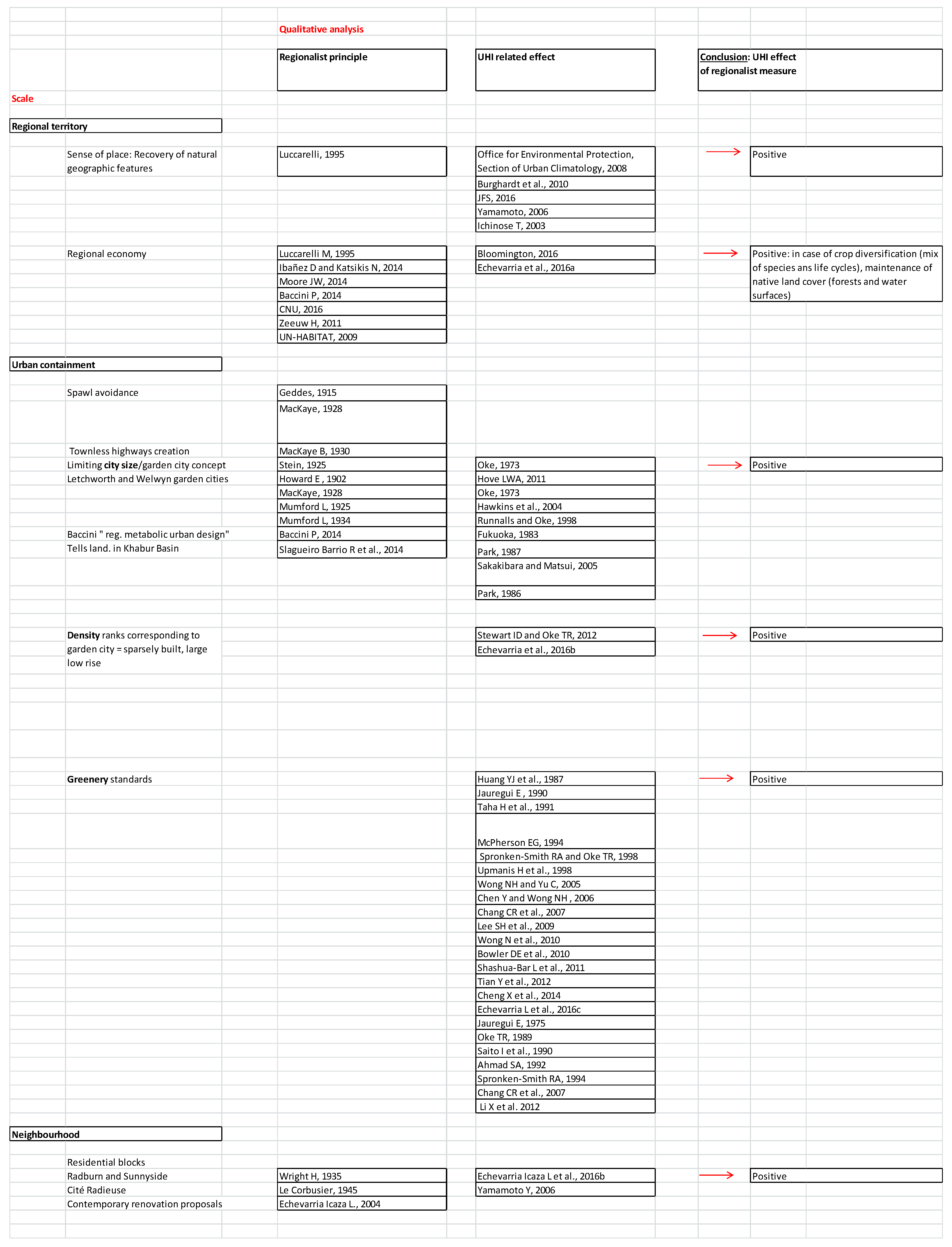
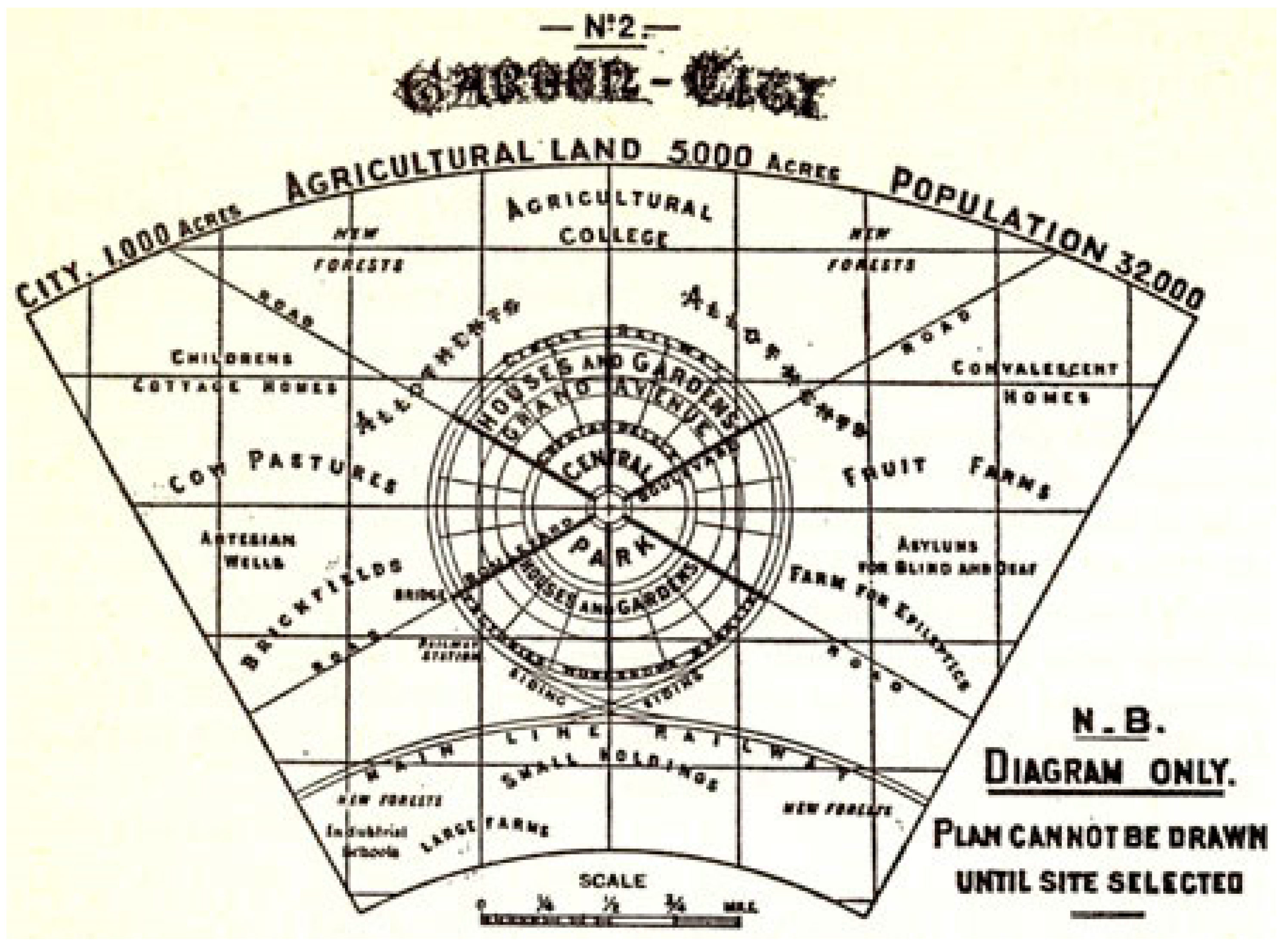
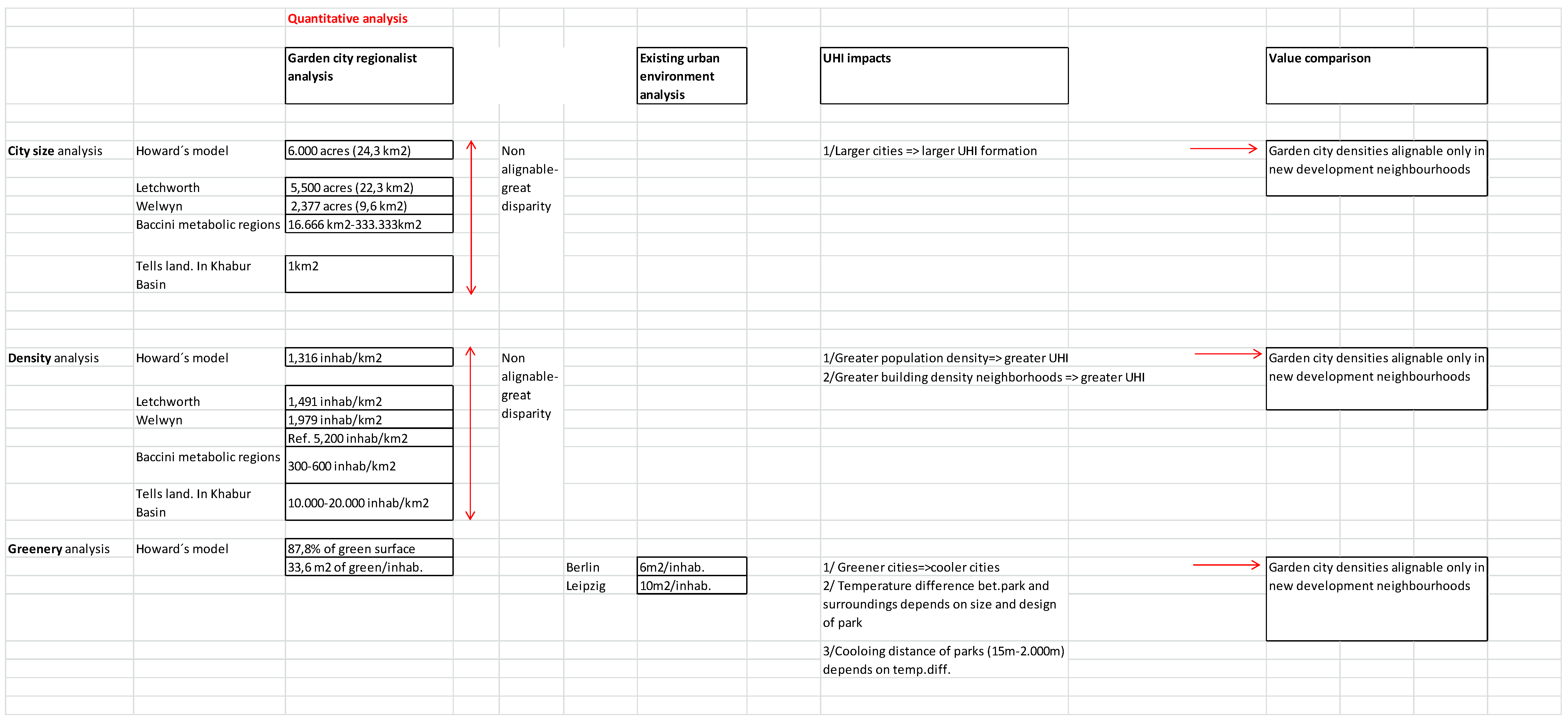
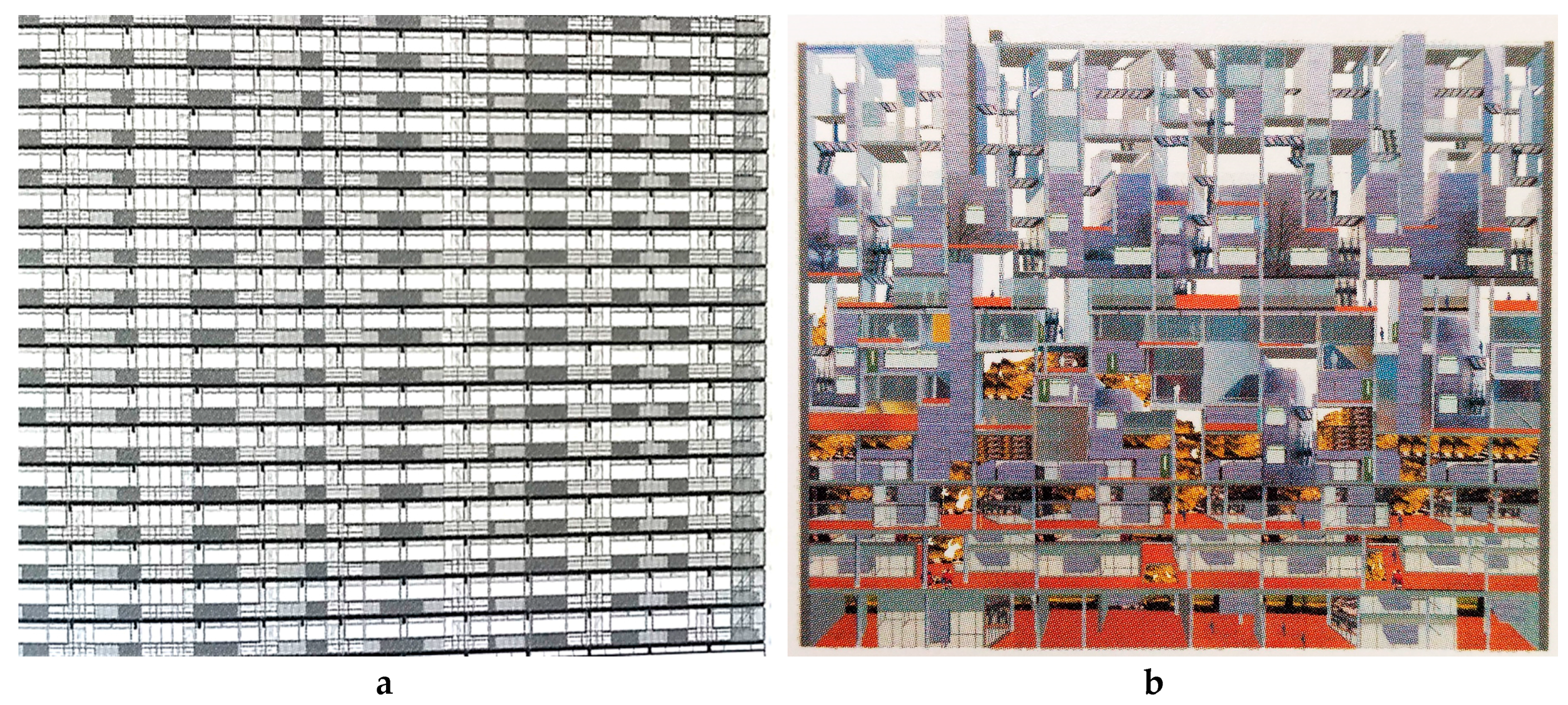

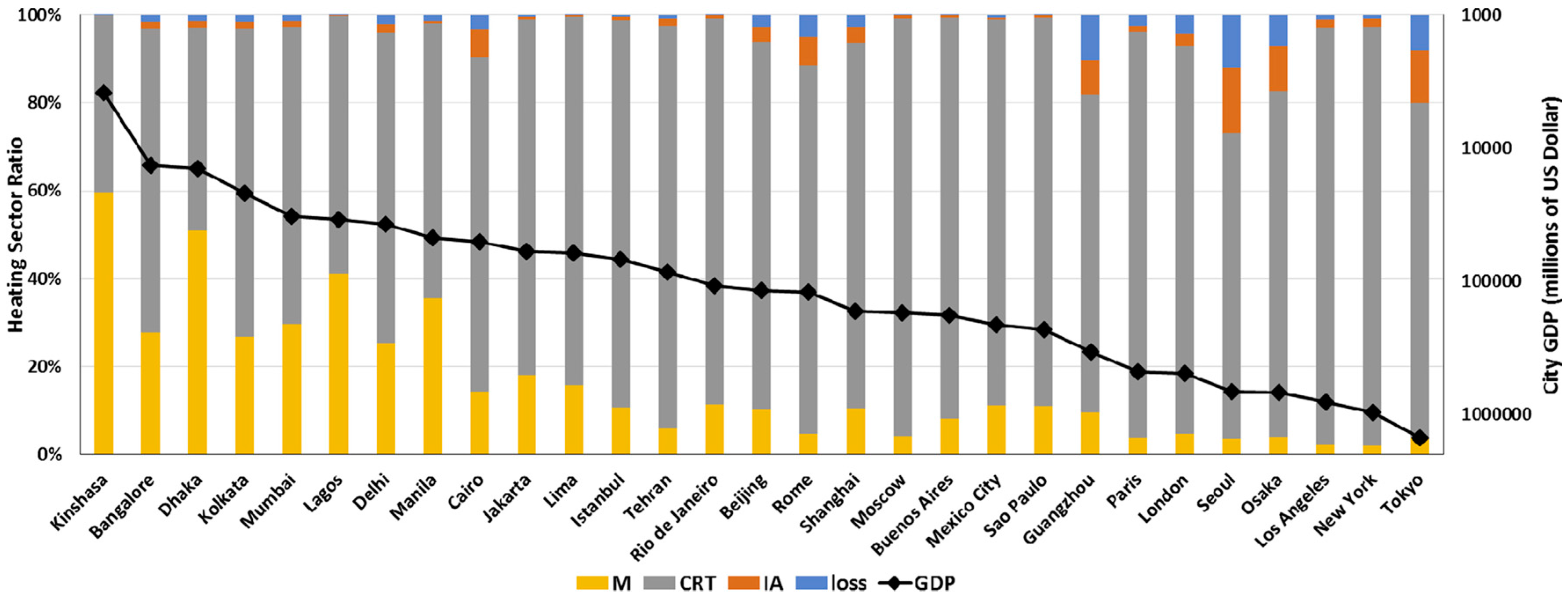
© 2017 by the authors. Licensee MDPI, Basel, Switzerland. This article is an open access article distributed under the terms and conditions of the Creative Commons Attribution (CC BY) license (http://creativecommons.org/licenses/by/4.0/).
Share and Cite
Echevarría Icaza, L.; Van der Hoeven, F. Regionalist Principles to Reduce the Urban Heat Island Effect. Sustainability 2017, 9, 677. https://doi.org/10.3390/su9050677
Echevarría Icaza L, Van der Hoeven F. Regionalist Principles to Reduce the Urban Heat Island Effect. Sustainability. 2017; 9(5):677. https://doi.org/10.3390/su9050677
Chicago/Turabian StyleEchevarría Icaza, Leyre, and Franklin Van der Hoeven. 2017. "Regionalist Principles to Reduce the Urban Heat Island Effect" Sustainability 9, no. 5: 677. https://doi.org/10.3390/su9050677




